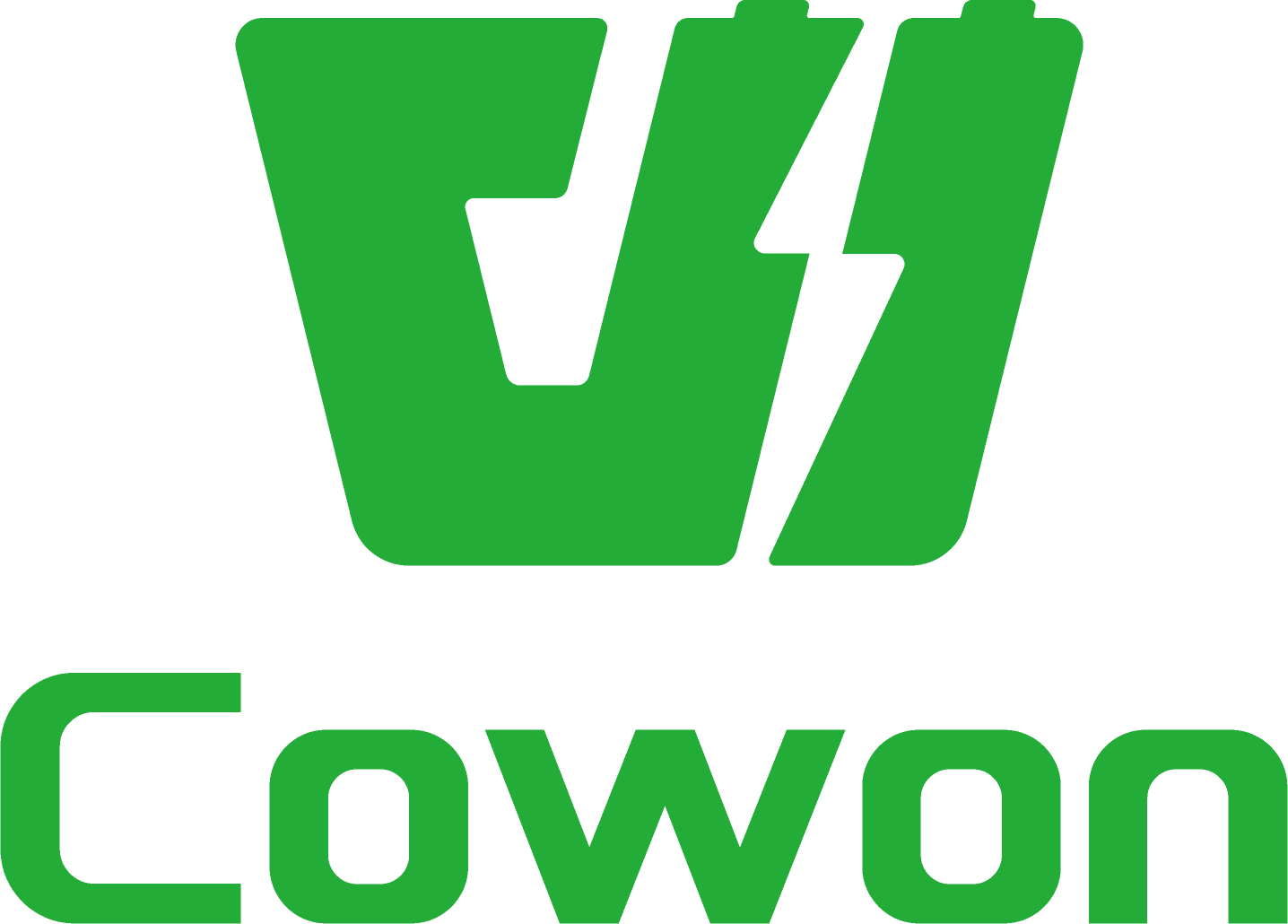Notizie
L'evoluzione della batteria Ni-MH
Introduzione: Comprendere l'Antico
Prima di immergerci nella storia delle batterie, è essenziale comprendere cosa sia una batteria al Nichel-Metallo Idruro (Ni-MH). Infatti, le fonti di energia ricaricabili conosciute come batterie al nichel-metallo idruro (NiMH) sono state ampiamente utilizzate in molti dispositivi come strumenti senza fili e auto elettriche. In generale, hanno un'alta densità energetica e sono economiche rispetto ad altri tipi di celle secondarie. Tuttavia, questa caratteristica ha spinto gli scienziati verso migliori alternative in termini di energia pulita, quindi il Ni-MH sarà presto sostituito da altre tecnologie.
L'Ascesa della Tecnologia agli Ioni di Litio
L'inizio della tecnologia delle batterie agli ioni di litio è stato un risultato notevole nel progresso delle batterie. Il materiale principale per gli elettrodi positivi utilizzati in Batterie Ni-MH è il nichel che è diverso da quello contenuto nelle batterie Li-ion che utilizzano litio. Facendo ciò, si ottiene un aumento del rapporto energia/peso che porta a una maggiore capacità di stoccaggio per unità di massa rispetto a quelle NiMH. Inoltre, quando non sono in uso, non si scaricano rapidamente, il che conferisce loro una vita utile più lunga e minori requisiti di manutenzione.
Impatto Ambientale e Sfide del Riciclaggio
Un fattore che ha portato a un passaggio dalle batterie Ni-MH alle batterie L-ion è stata la consapevolezza ambientale. Anche se va notato che le batterie NiMH hanno i loro vantaggi, come essere prive di cadmio, a differenza del tipo Nickel-Cadmium (Ni-Cd) che sicuramente non è riciclabile perché contiene metalli tossici. Al contrario di questa seconda opzione, tuttavia, le batterie agli ioni di litio possono essere completamente organizzate per quanto riguarda il riciclaggio, anche se presentano anche alcune preoccupazioni ambientali. Il processo di riciclaggio per questi tipi di batterie include il recupero del cobalto, tra gli altri.
Progressi nella Tecnologia delle Batterie
La ricerca in corso ha portato a nuove tecnologie delle batterie che potrebbero eliminare completamente le tradizionali ni-mh se implementate. In particolare, la tecnologia a stato solido promette livelli di sicurezza più elevati, efficienza e durata. Inoltre, la nanotecnologia e la scienza dei materiali stanno facendo progressi verso il miglioramento delle attuali batterie li-ion come le batterie Li-ion a elettrolita solido che possono offrire prestazioni e proprietà di sicurezza ancora migliori.
Il Ruolo dell'Innovazione e delle Esigenze dei Consumatori
Questo sviluppo da Ni-MH a tecnologie di batterie più recenti è una testimonianza dell'importanza dell'innovazione nel soddisfare le esigenze dei clienti. La dimensione, la potenza di elaborazione e l'ubiquità di questi dispositivi stanno guidando un aumento della durata della batteria, della velocità di ricarica e della sostenibilità ambientale. Il risultato è stata la produzione di batterie che possono supportare l'Internet delle Cose (IoT), lo stoccaggio di energia rinnovabile così come il numero in rapida crescita di dispositivi mobili che vengono utilizzati quotidianamente.
Conclusione: Verso un Futuro Energetico Più Luminoso
Le batterie Ni-MH sono state scartate durante questa fase per soluzioni energetiche migliori caratterizzate da livelli di efficienza più elevati, sostenibilità e innovazione in generale. Poiché la tecnologia continua ad avanzare, guidata dalle preferenze dei consumatori, si sta muovendo in diverse direzioni, facendo sì che il mercato delle batterie si adatti di conseguenza; pertanto, in futuro, le fonti di energia non saranno solo più affidabili, ma anche ecologiche. La transizione dalle batterie Ni-MH segna un cambio di pagina tra molti che hanno reso questa storia un racconto continuo di progresso e conservazione all'interno dell'industria energetica.


